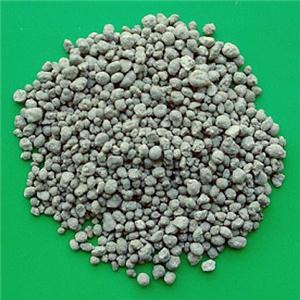普通过磷酸钙
Single Super Phosphate
10031-30-8
10031-30-8
广东 更新日期:2012-07-30
Lotus (Guangzhou) industrial co, ltd
非会员
联系人:Felix Ke
邮箱:18922780077@189.cn
产品详情:
| 成立日期 | |
| 注册资本 | |
| 员工人数 | |
| 年营业额 | |
| 经营模式 | |
| 主营行业 |
普通过磷酸钙相关厂家报价
-
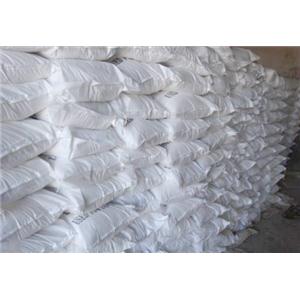
- 磷酸二氢钙一水合物
- 河南沃咖斯生物科技有限公司 VIP
- 2024-12-31
- 询价
-
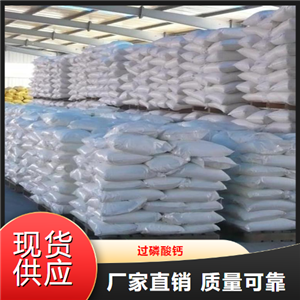
- 大量价优 过磷酸钙 水溶性磷肥电子材料添加 10031-30-8
- 武汉吉业升工化有限公司 VIP
- 2024-12-31
- 询价
-
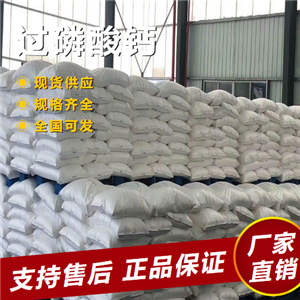
- 过磷酸钙 水溶性磷肥电子材料添加 10031-30-8
- 武汉吉业升化工有限公司 VIP
- 2024-12-31
- ¥12
-
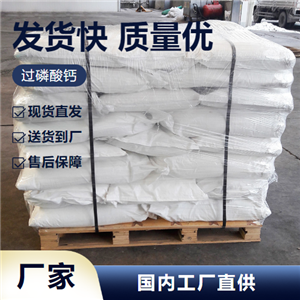
- 过磷酸钙 10031-30-8 水溶性磷肥电子材料添加
- 武汉吉业升化工有限公司 VIP
- 2024-12-31
- 询价
-
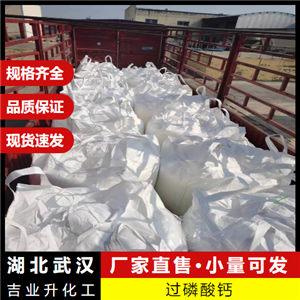
- 来电询价 过磷酸钙 10031-30-8 水溶性磷肥电子材料添加
- 武汉吉业升化工有限公司 VIP
- 2024-12-31
- 询价
-
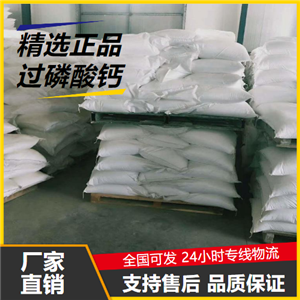
- 源头渠道 过磷酸钙 10031-30-8 水溶性磷肥电子材料添加 源头渠道
- 武汉吉业升化工有限公司 VIP
- 2024-12-30
- 询价
-
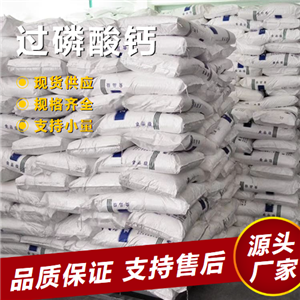
- 过磷酸钙 10031-30-8 水溶性磷肥电子材料添加
- 武汉吉业升化工有限公司 VIP
- 2024-12-30
- ¥700
-
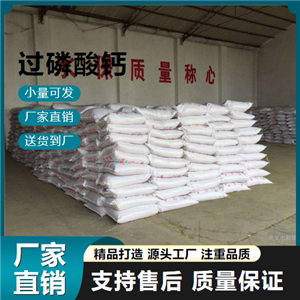
- 过磷酸钙 10031-30-8 水溶性磷肥
- 武汉吉业升化工有限公司 VIP
- 2024-12-30
- 询价
-
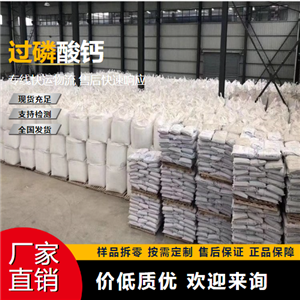
- 过磷酸钙 10031-30-8 水溶性磷肥
- 武汉吉业升化工有限公司 VIP
- 2024-12-30
- ¥1200
-
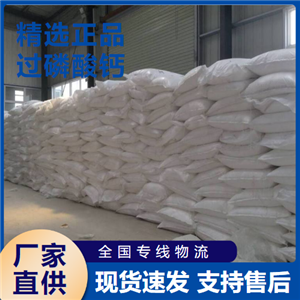
- 原料 过磷酸钙 水溶性磷肥电子材料添加 10031-30-8
- 武汉吉业升化工有限公司 VIP
- 2024-12-24
- 询价

